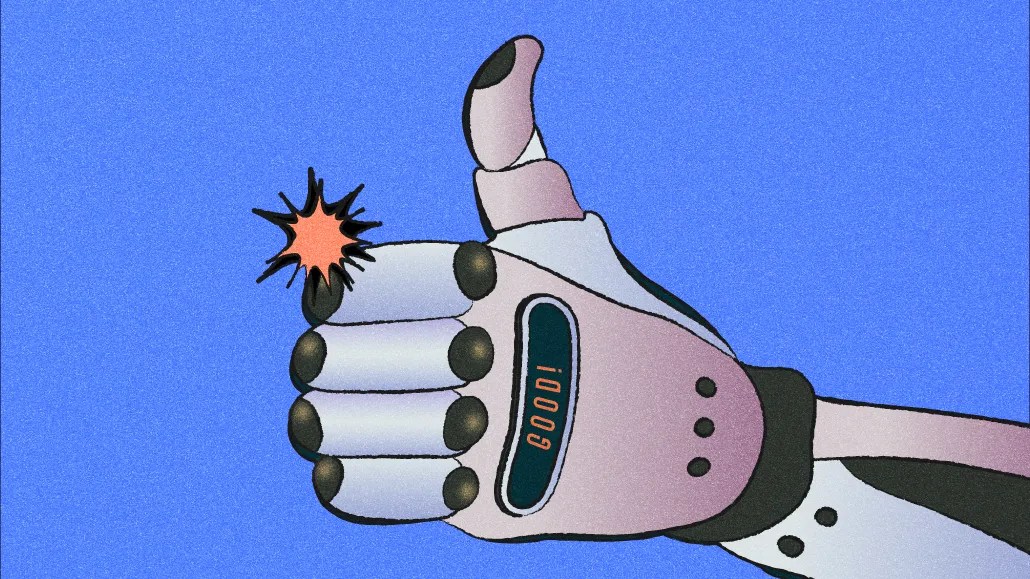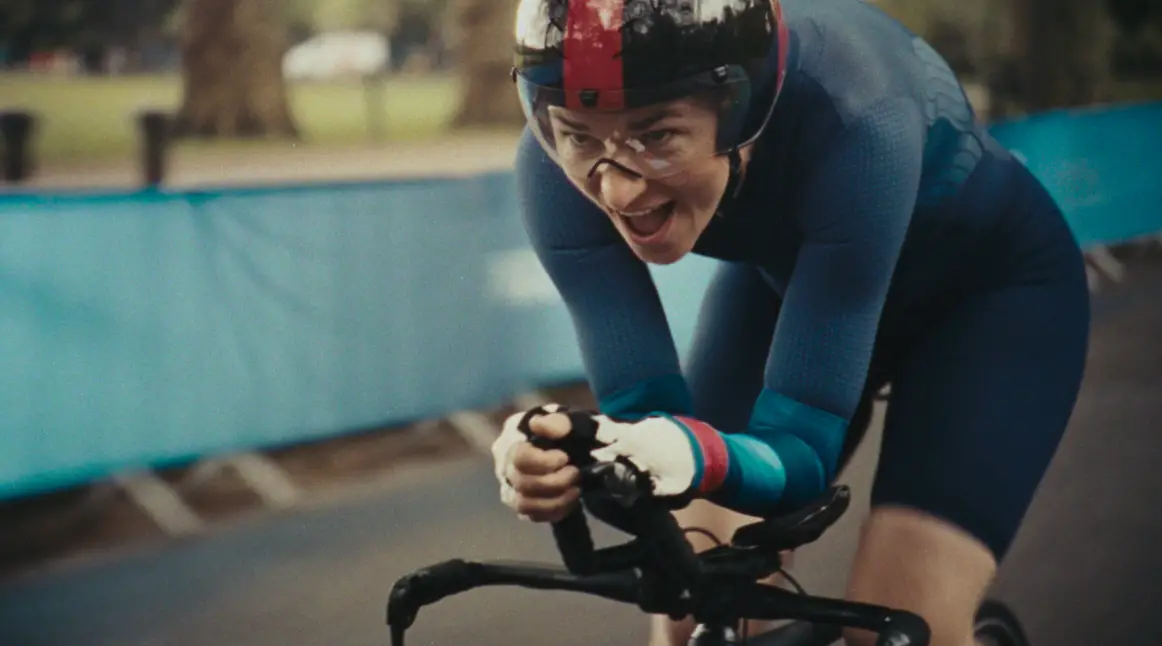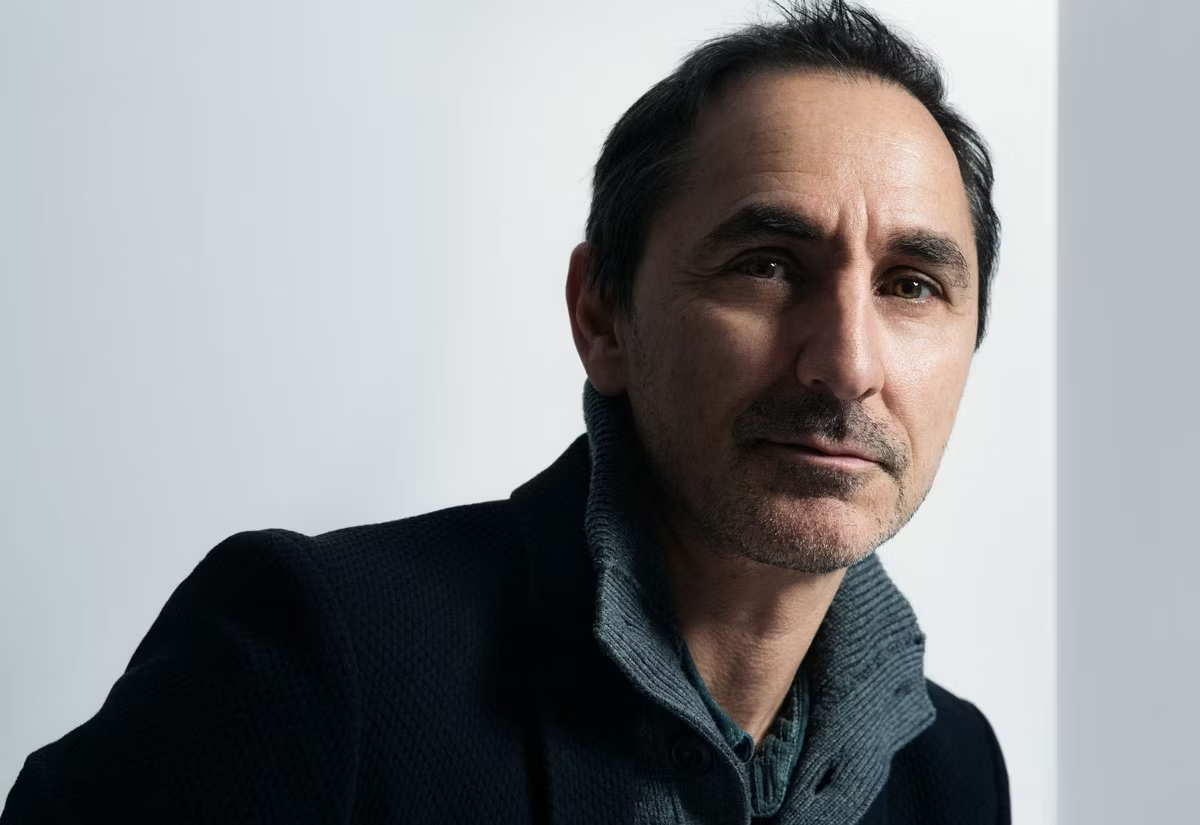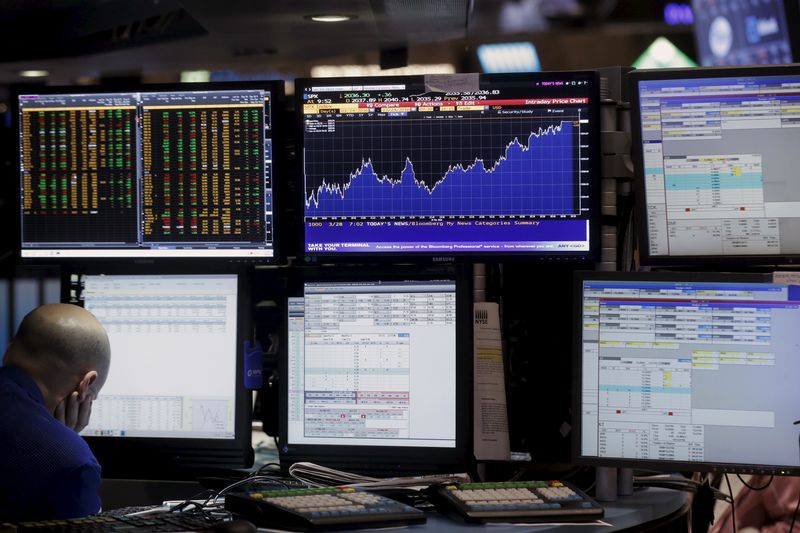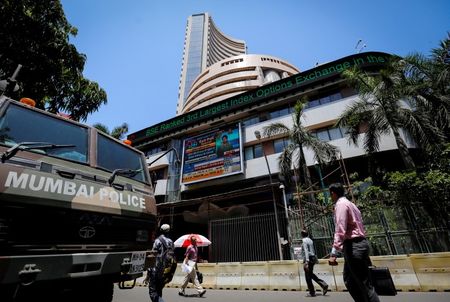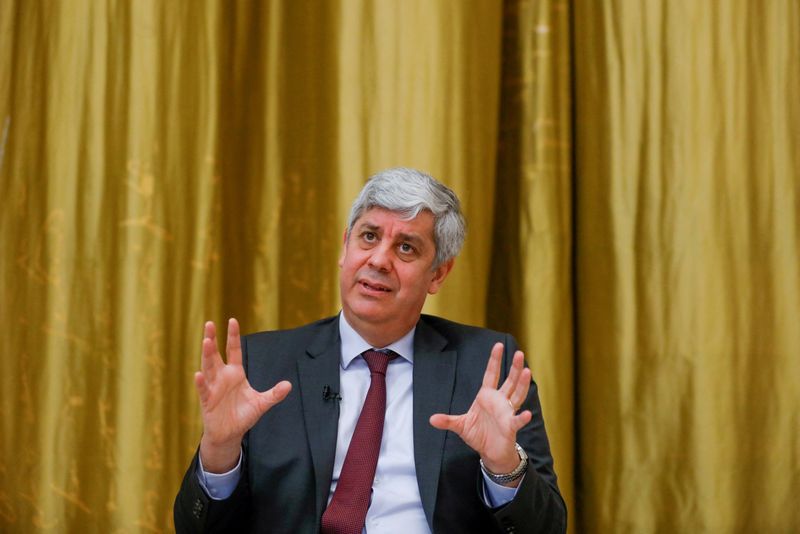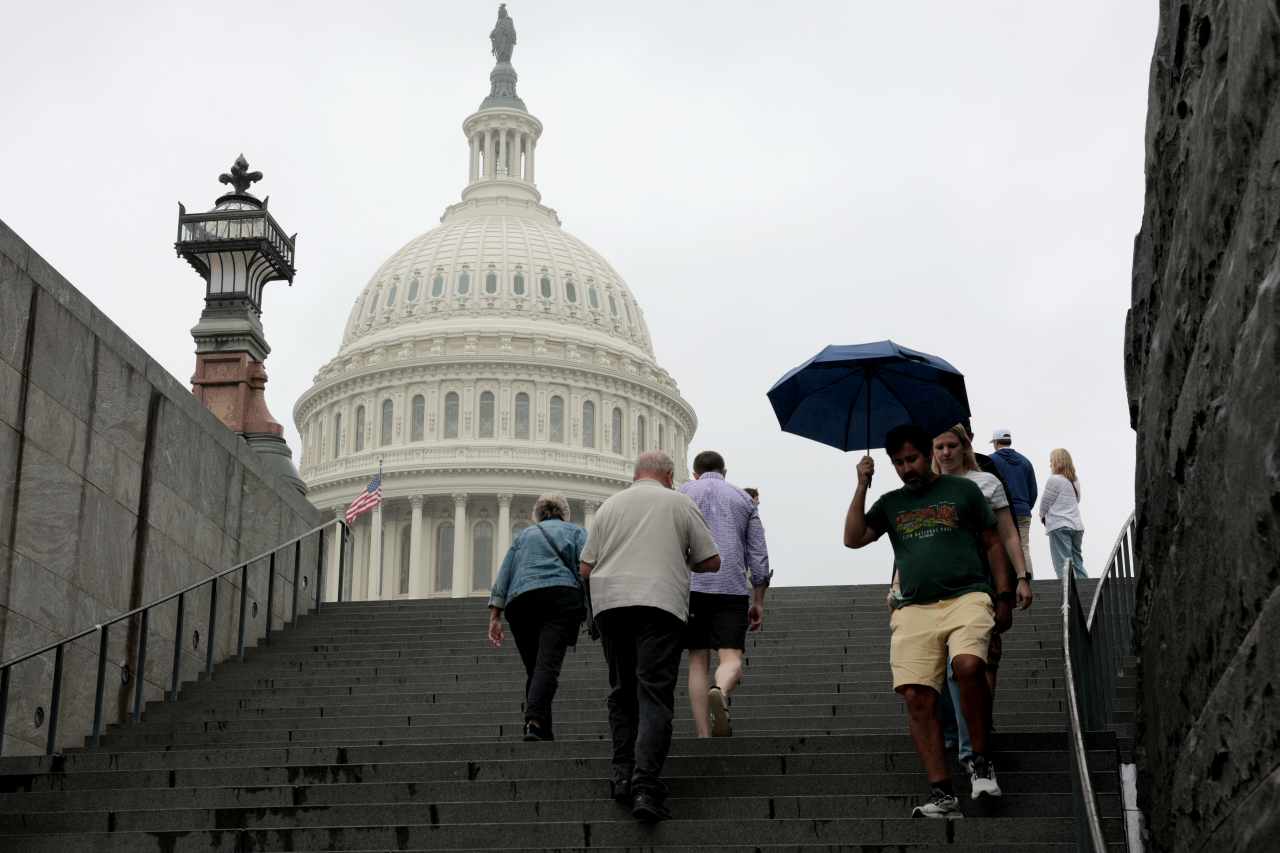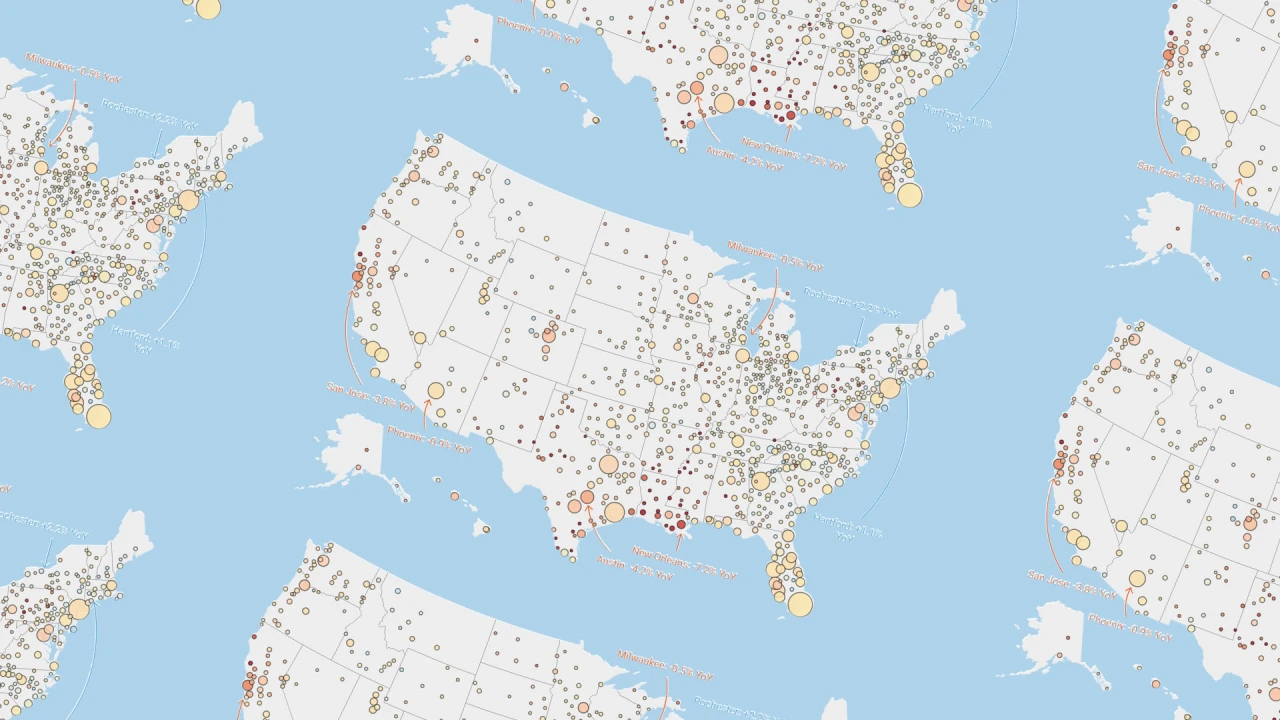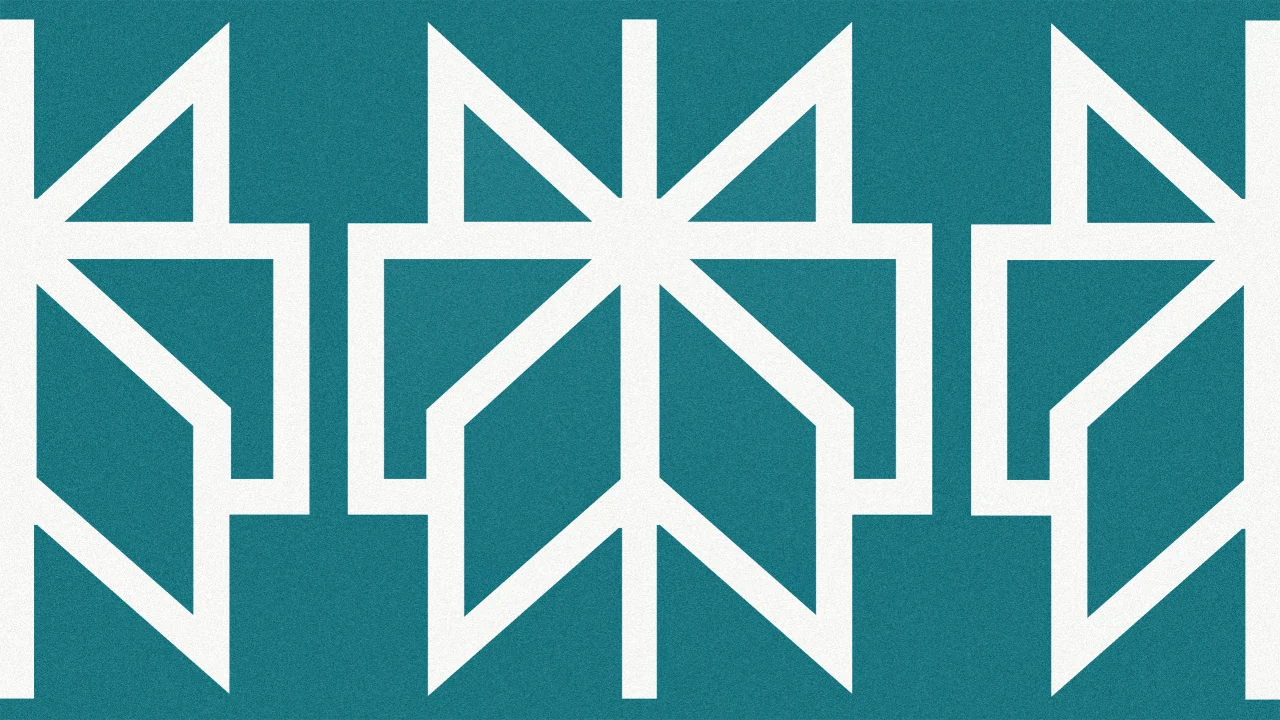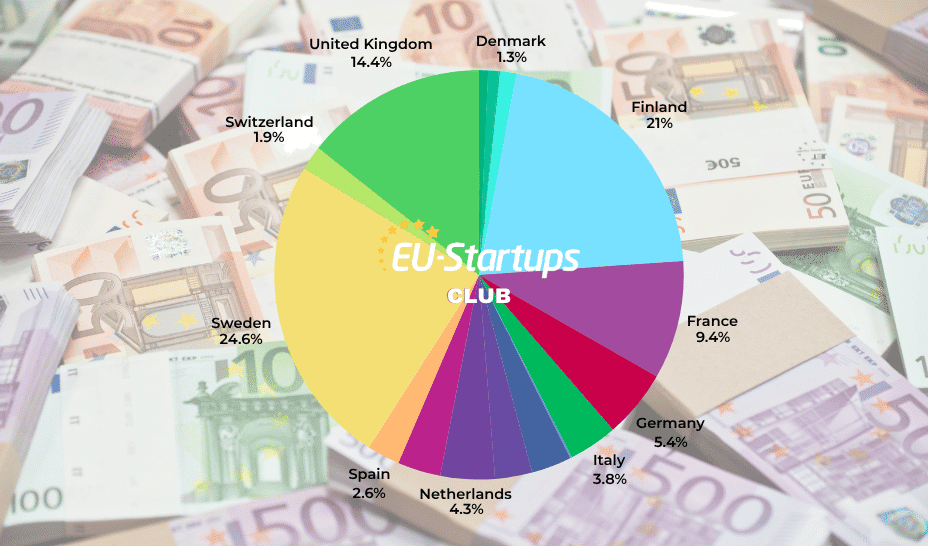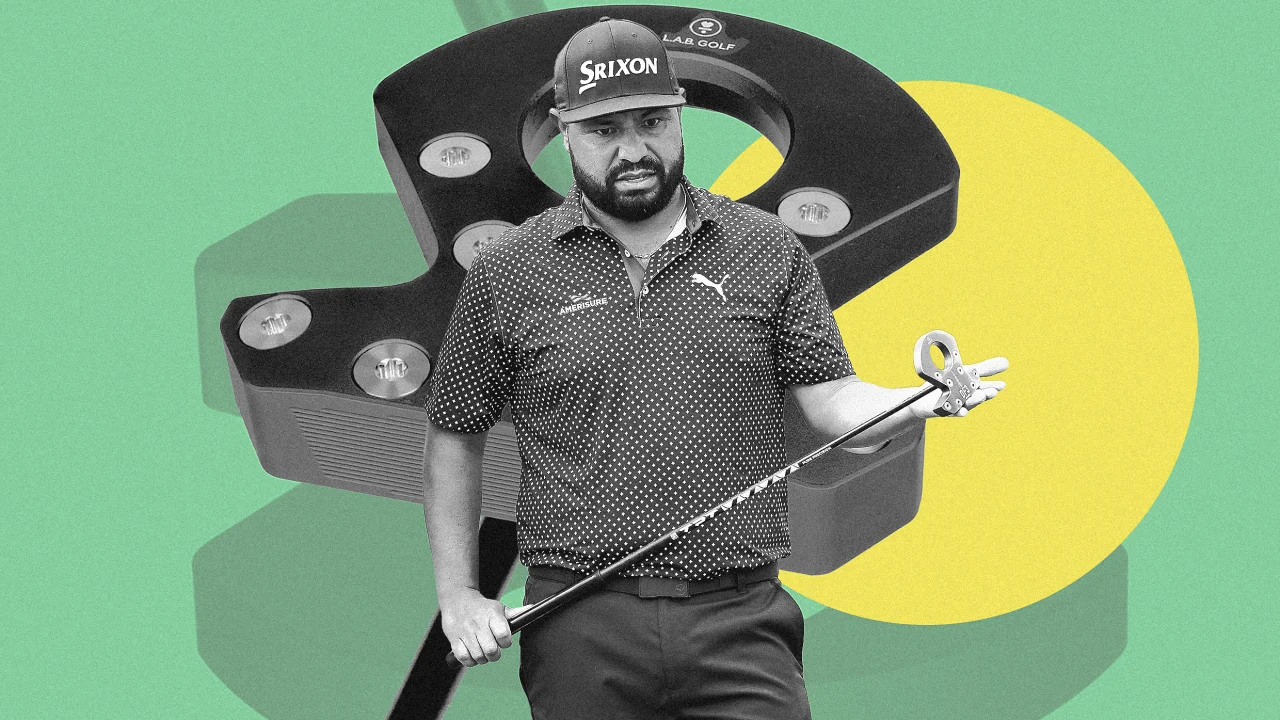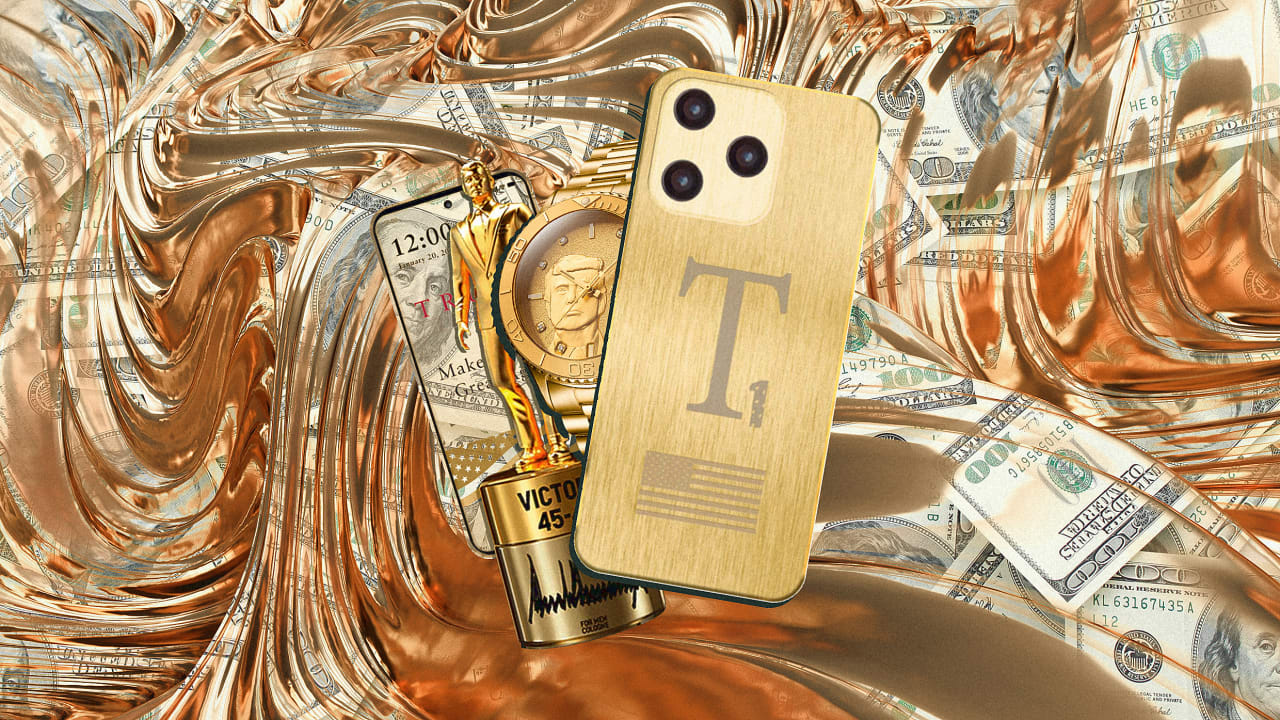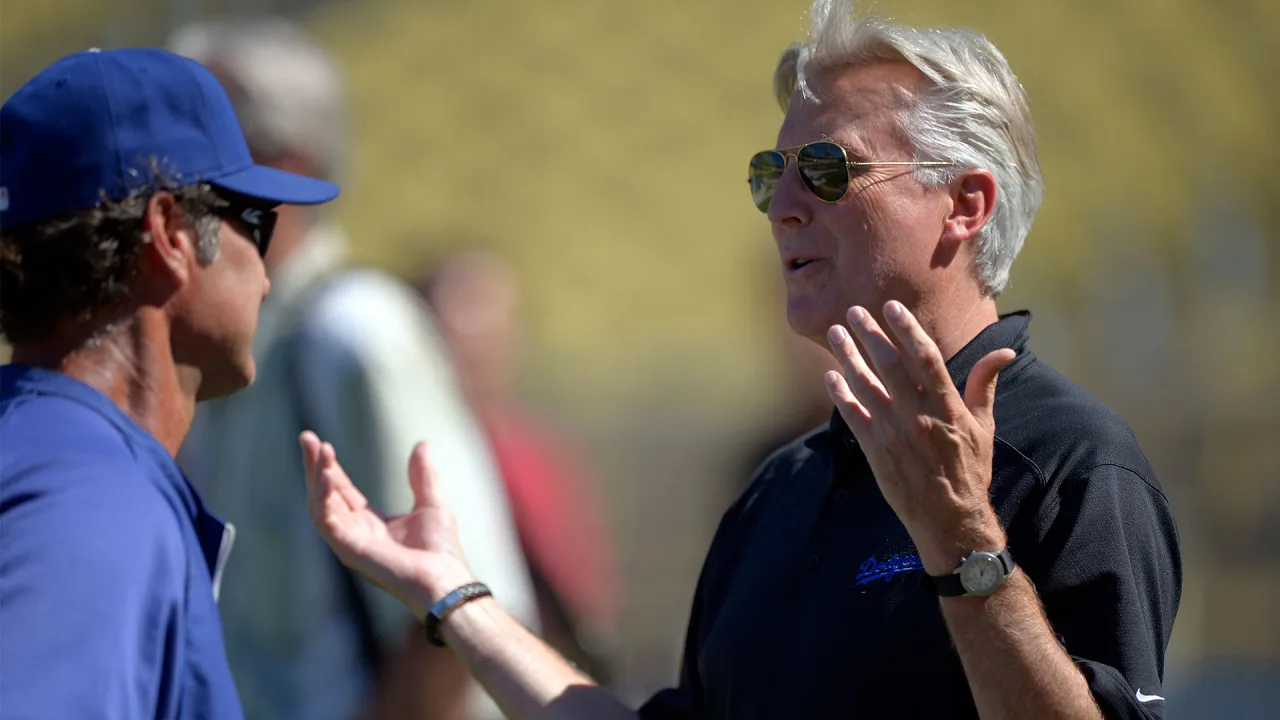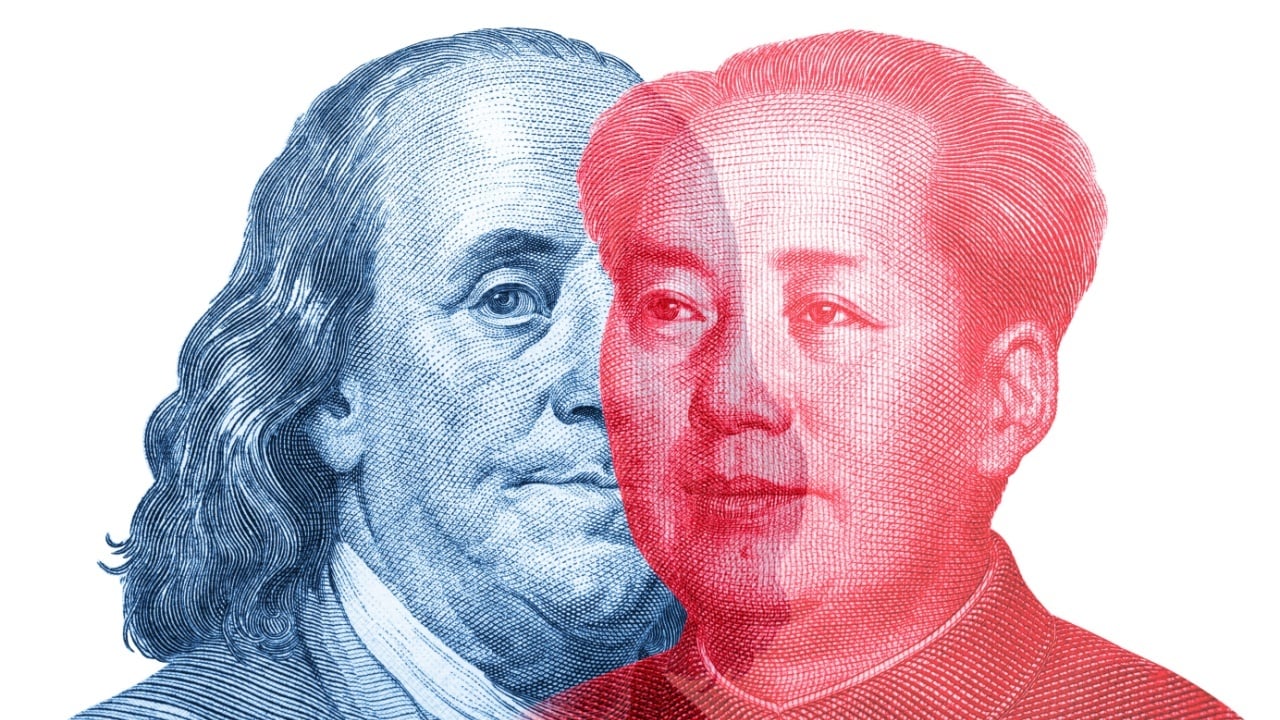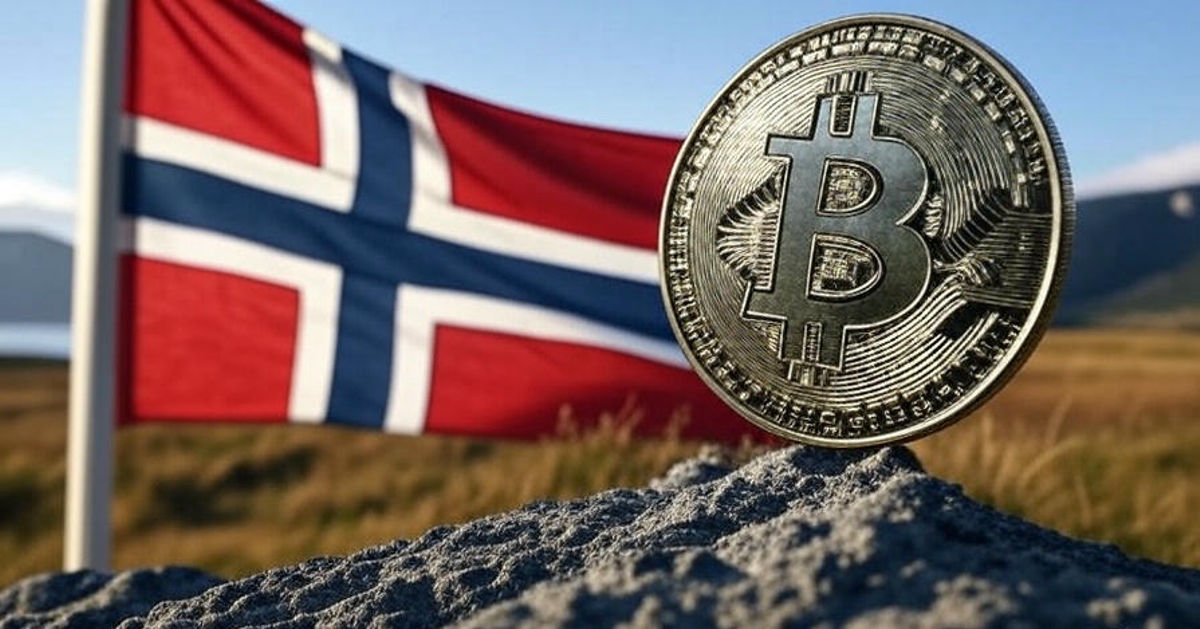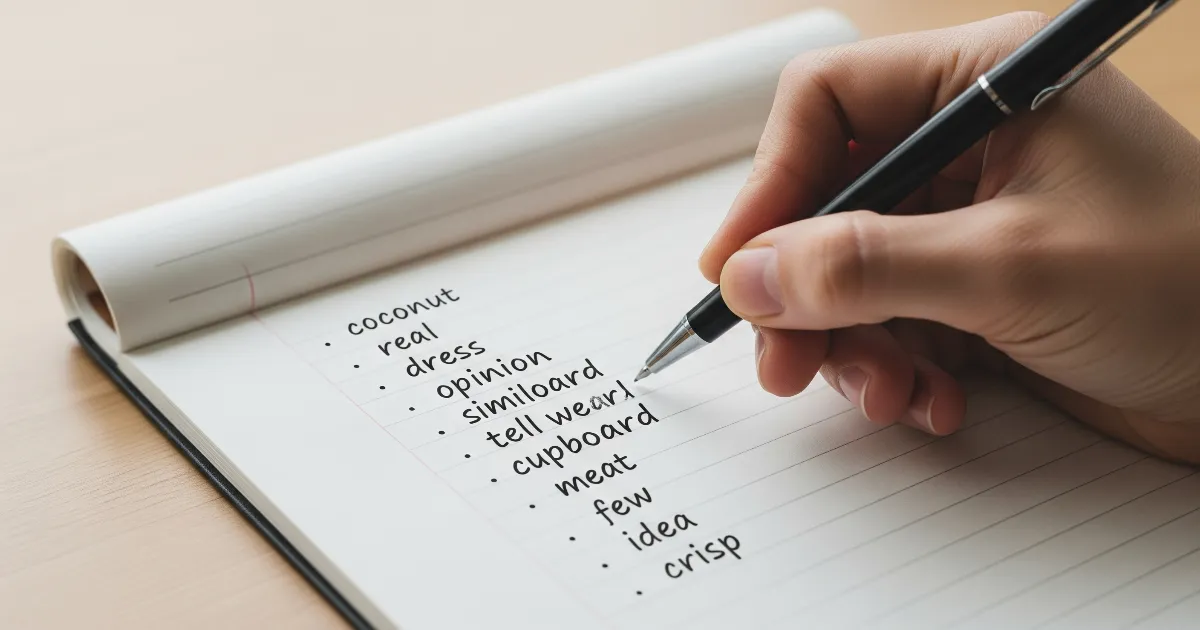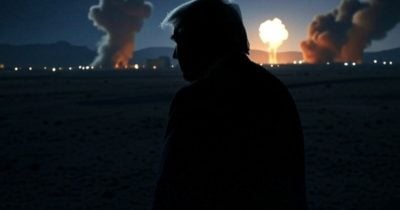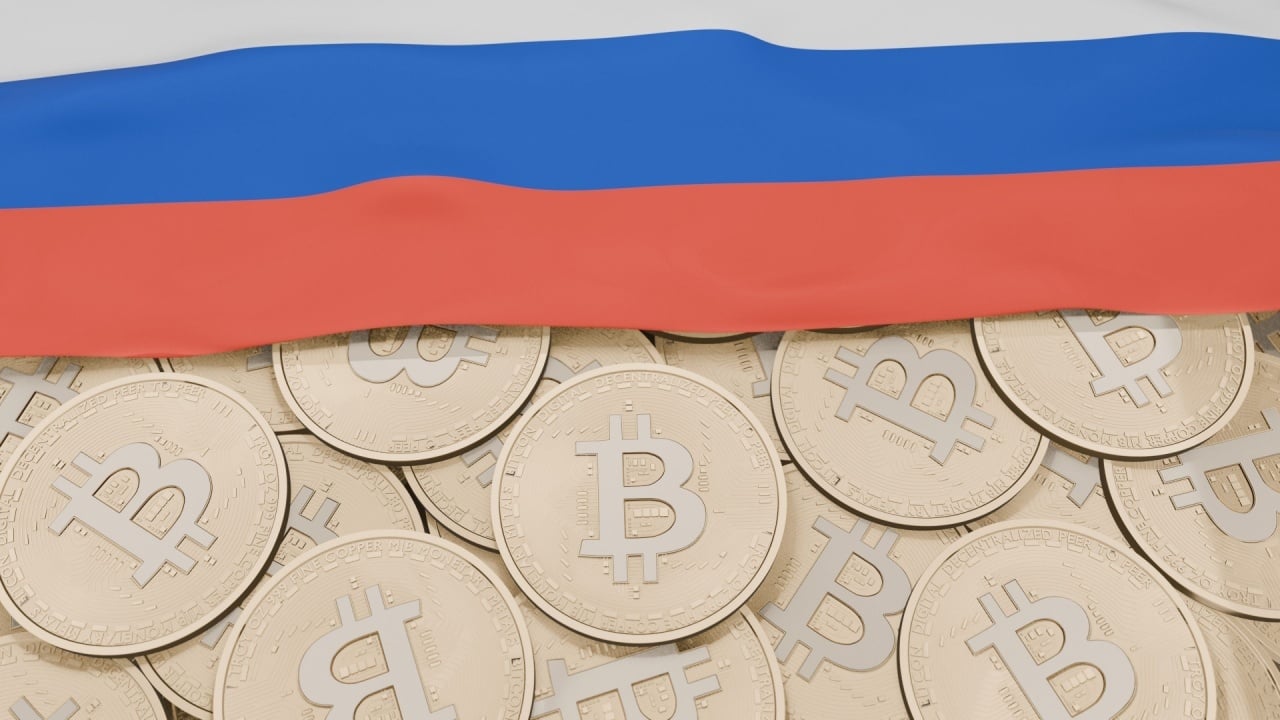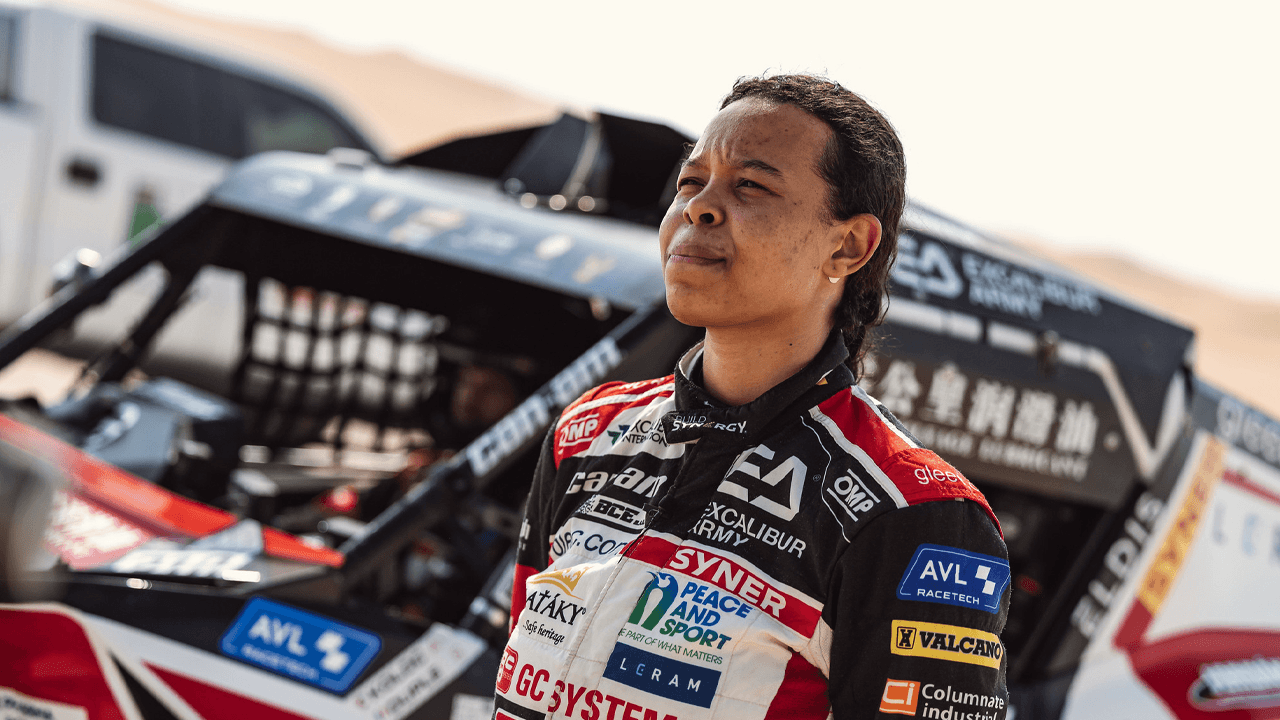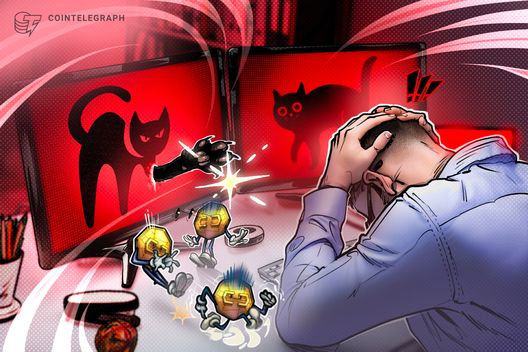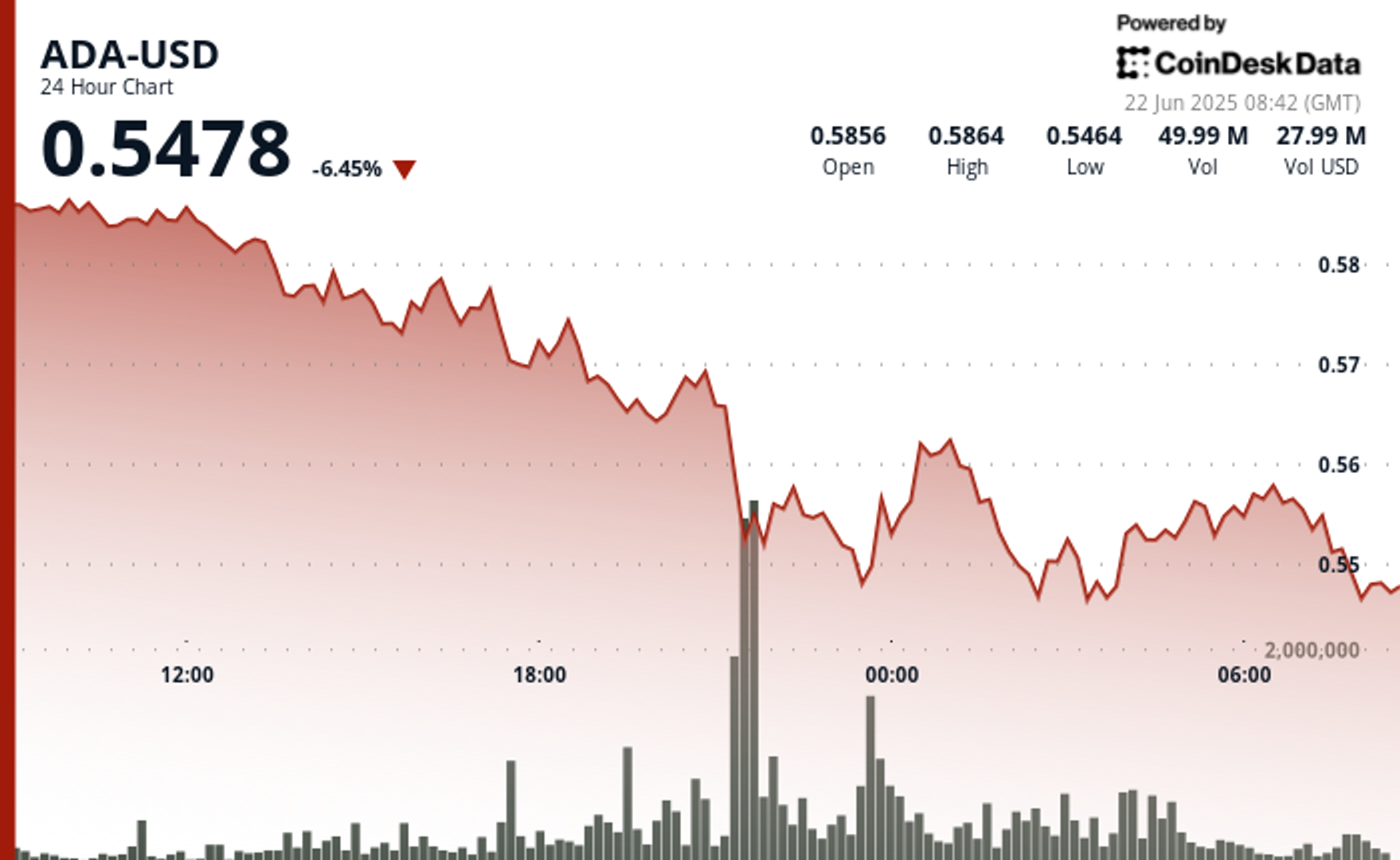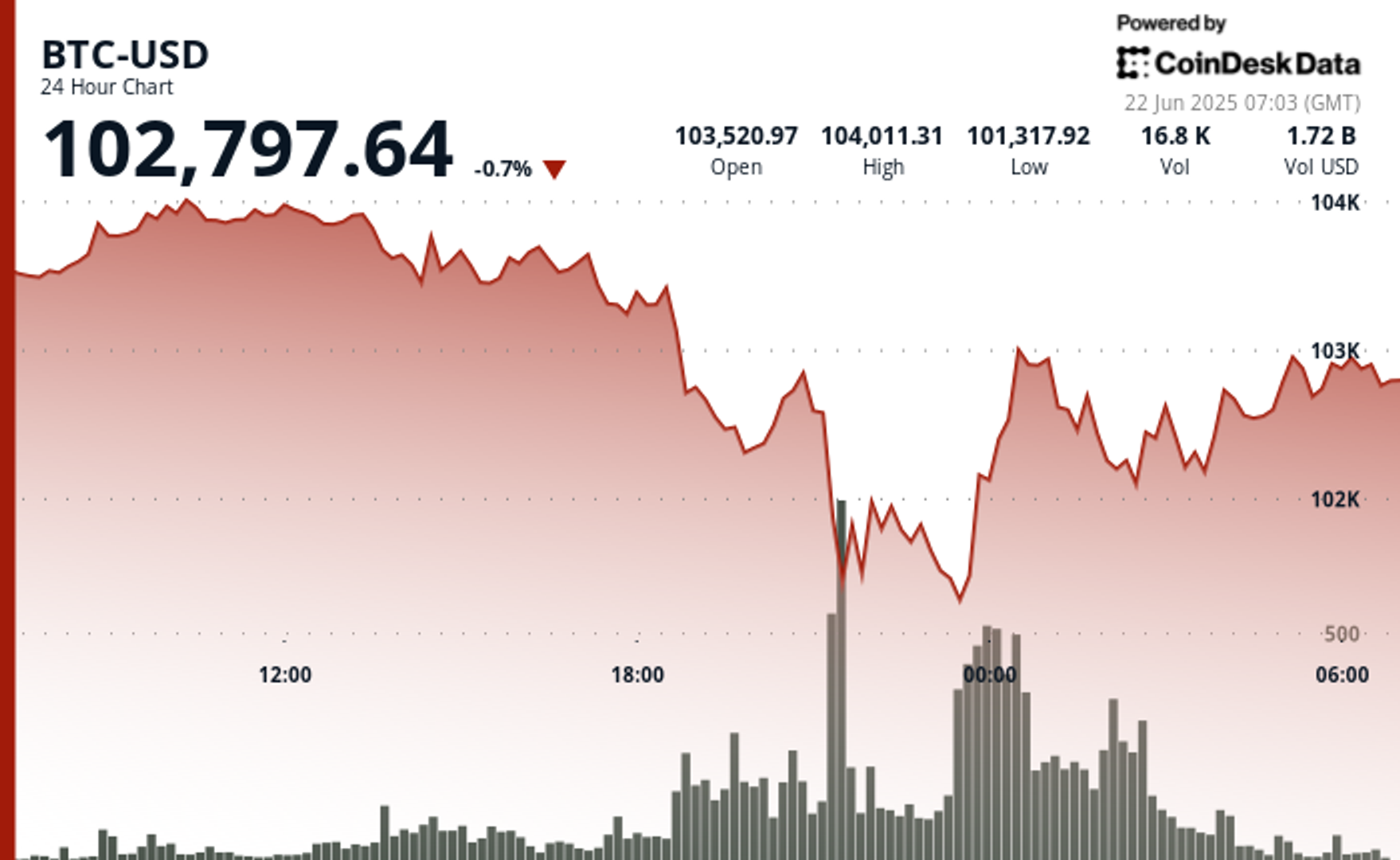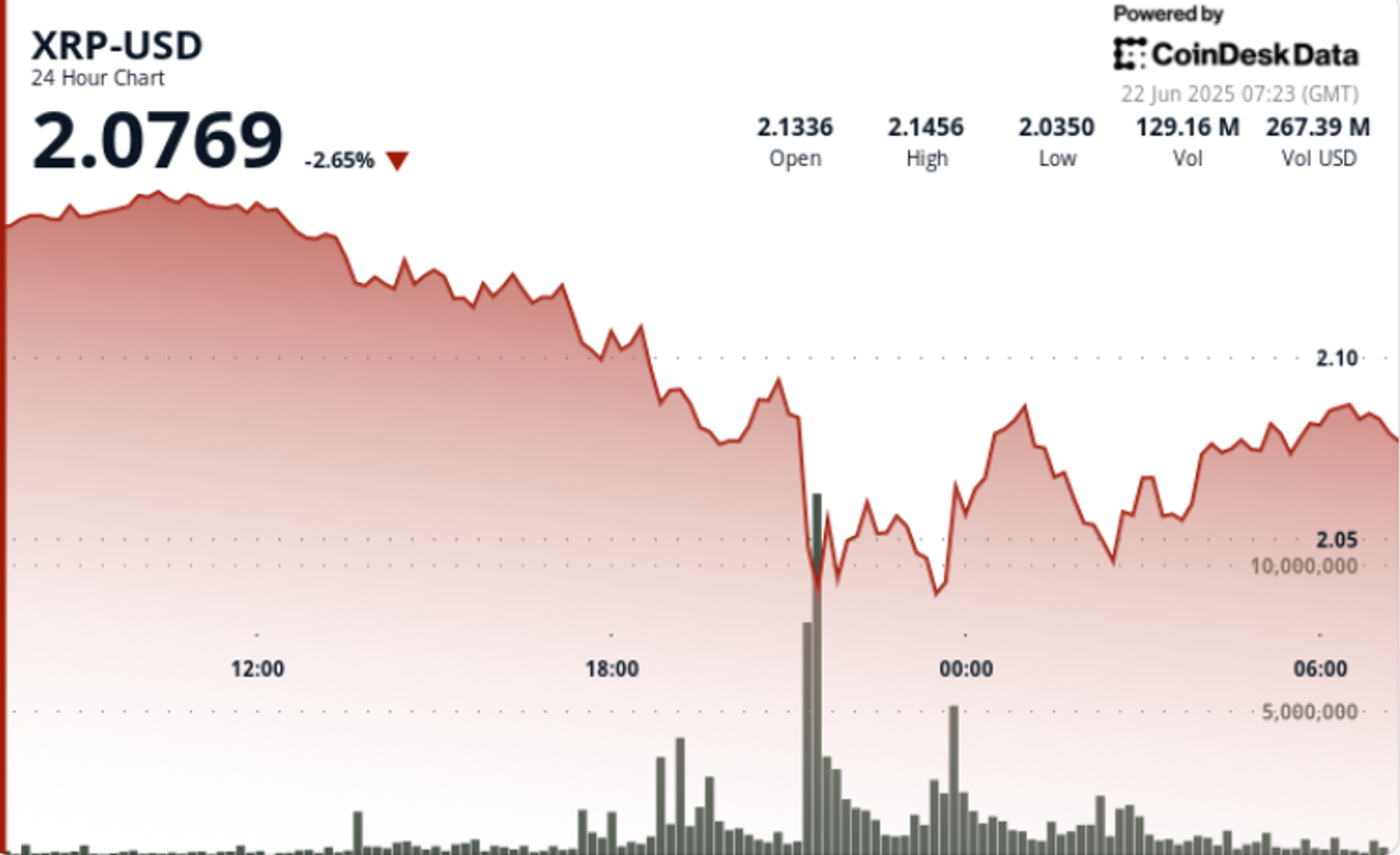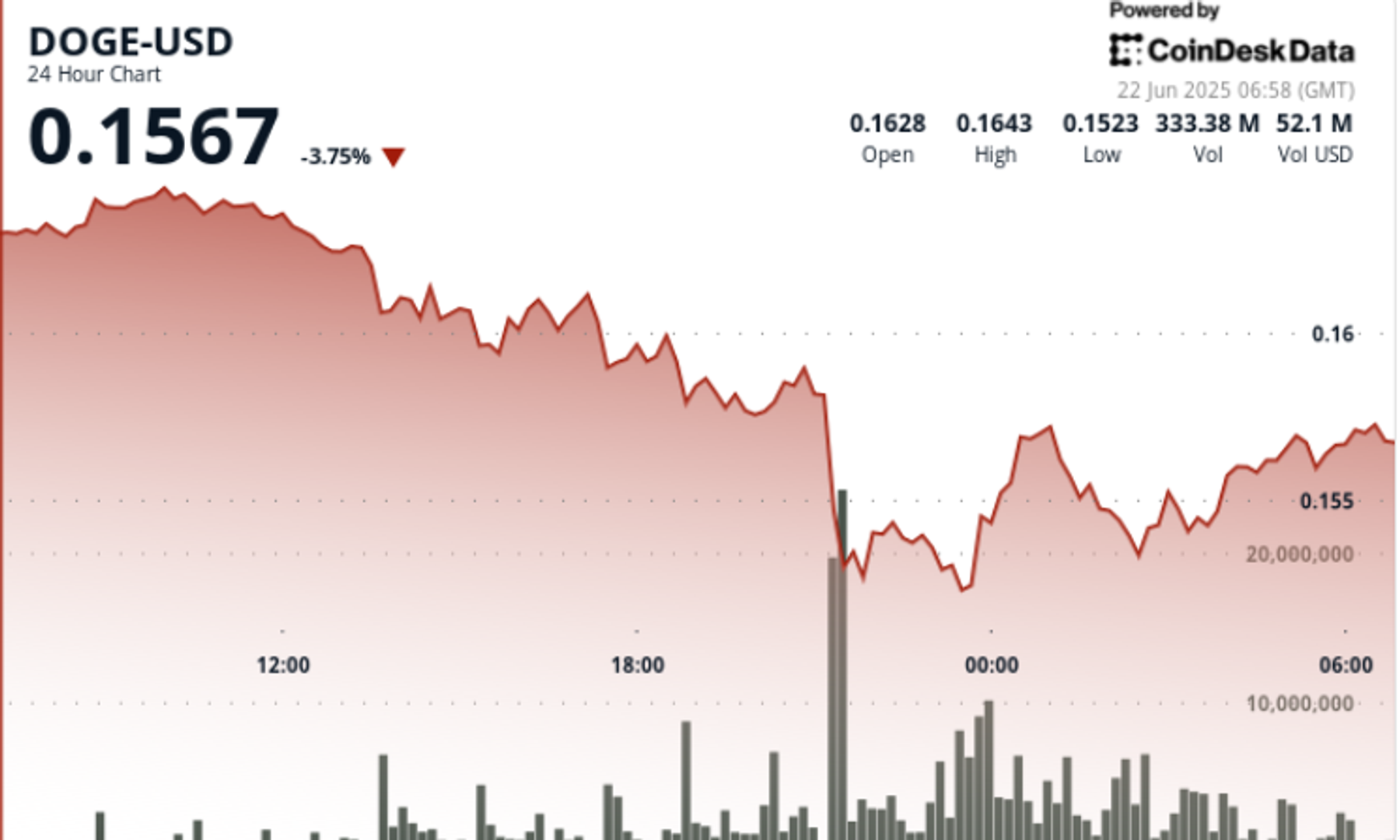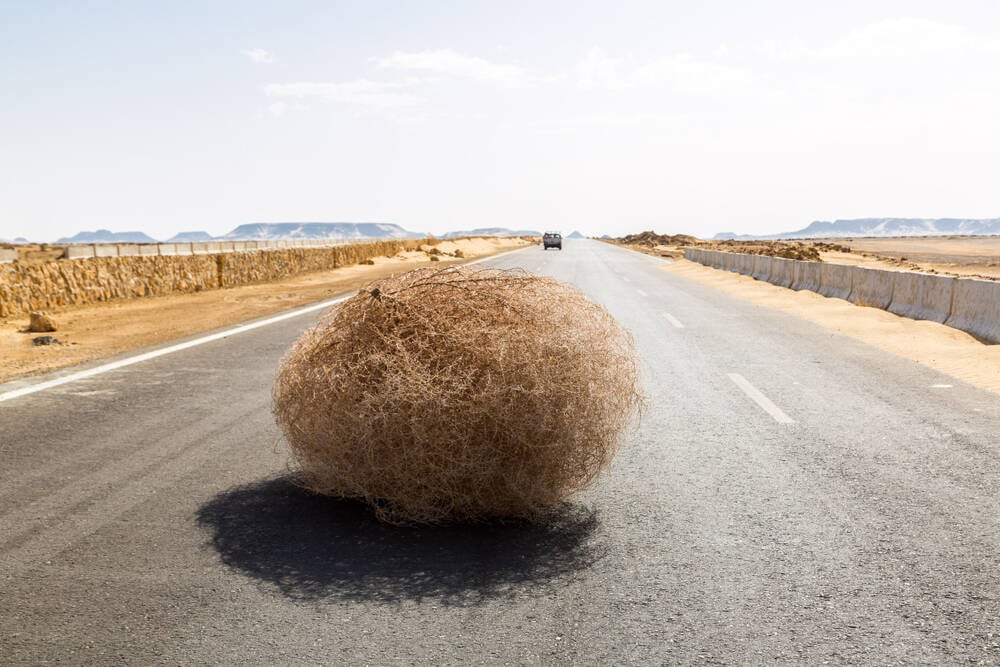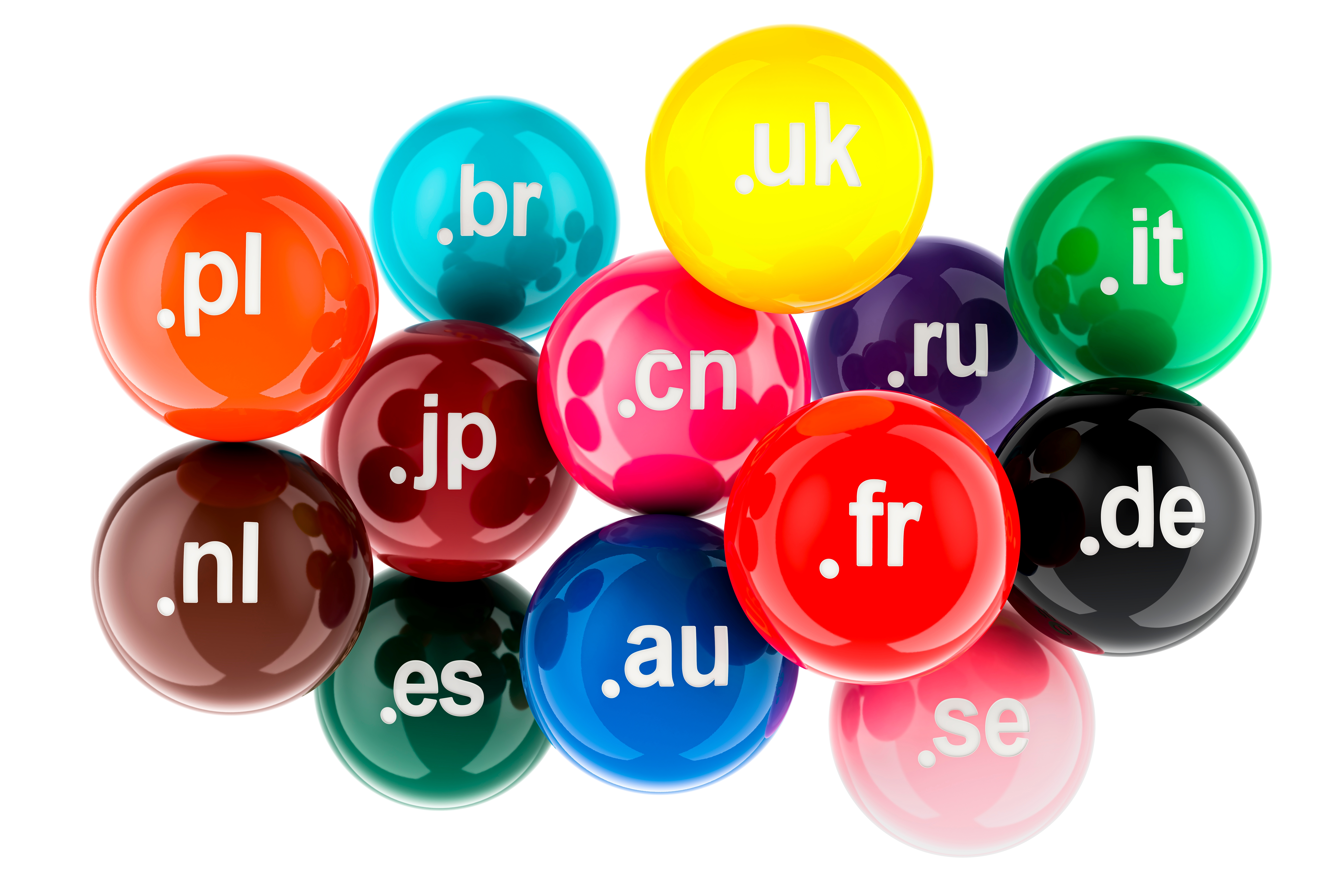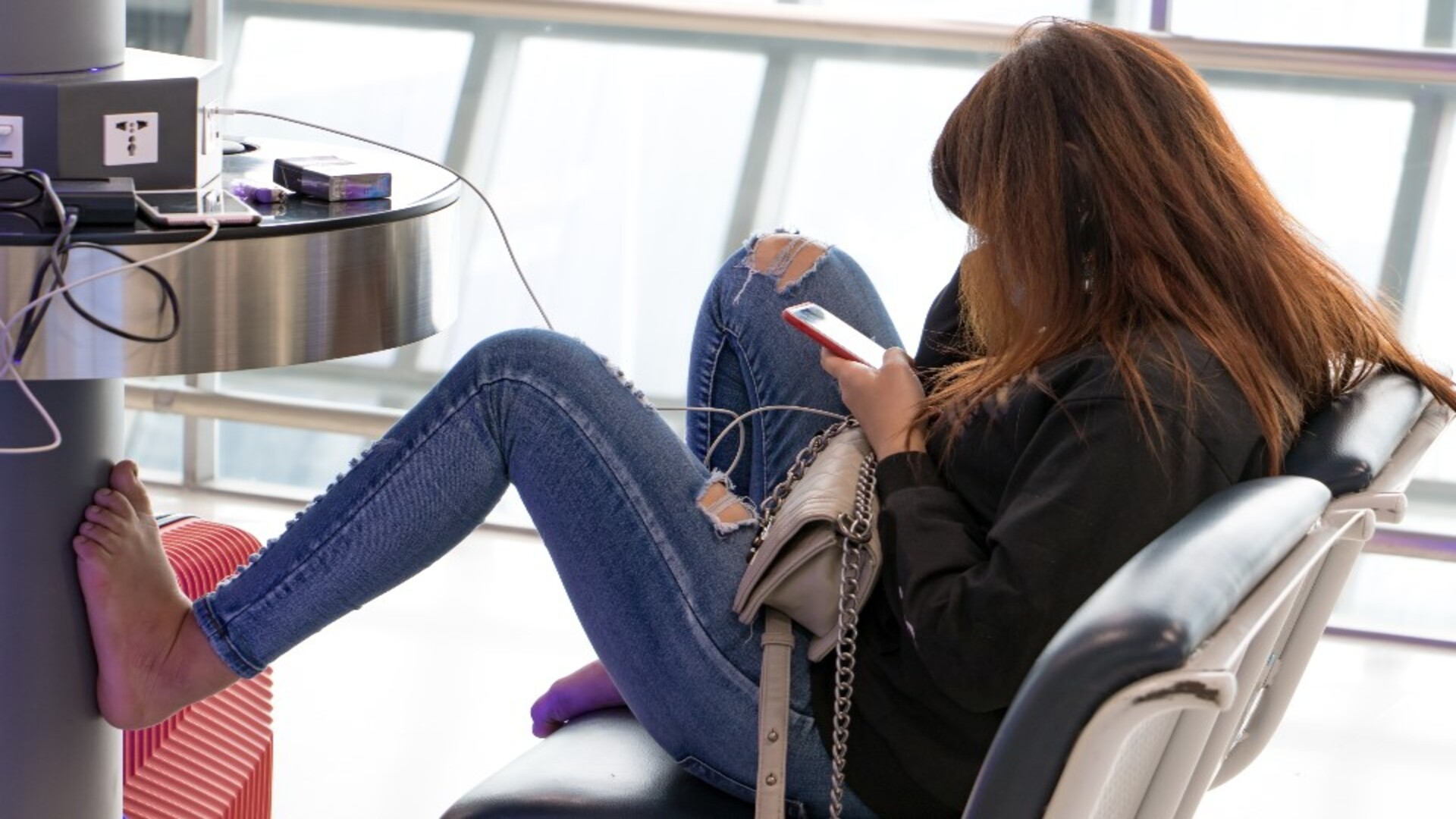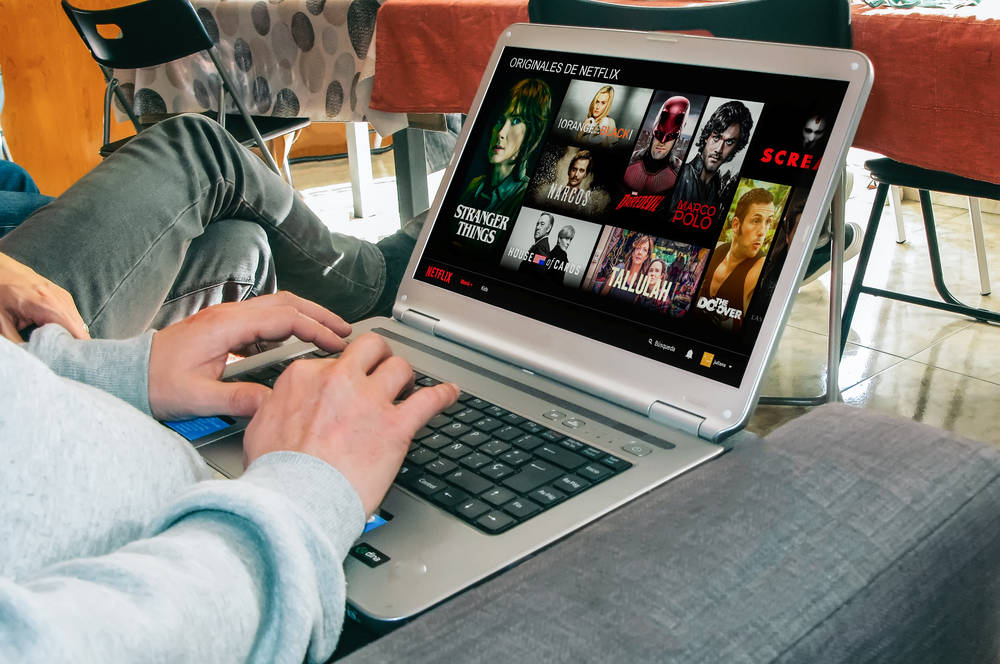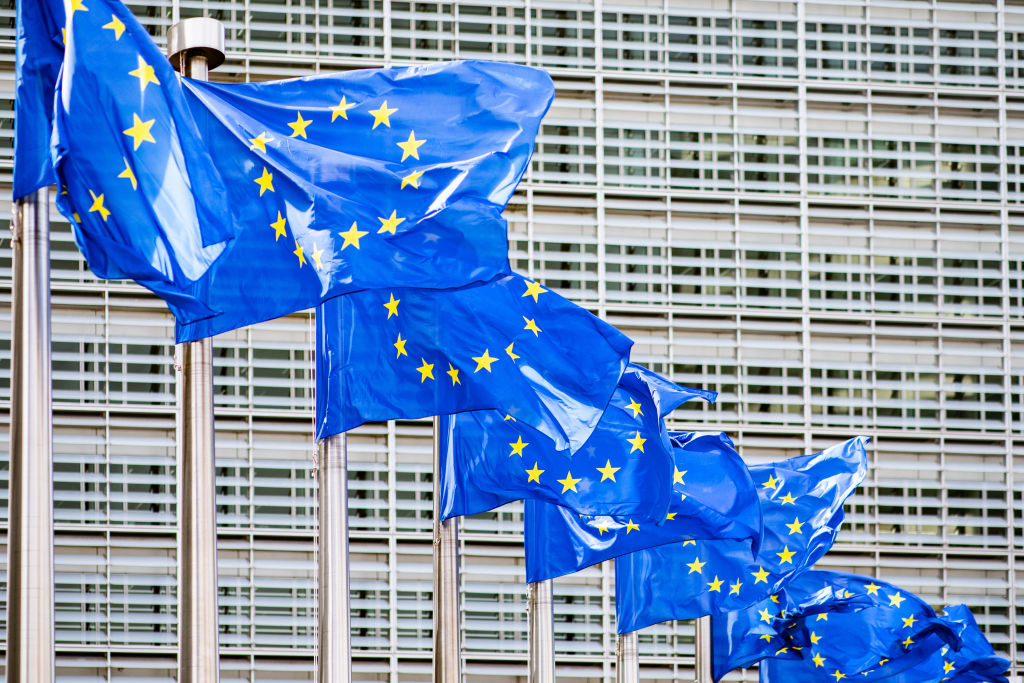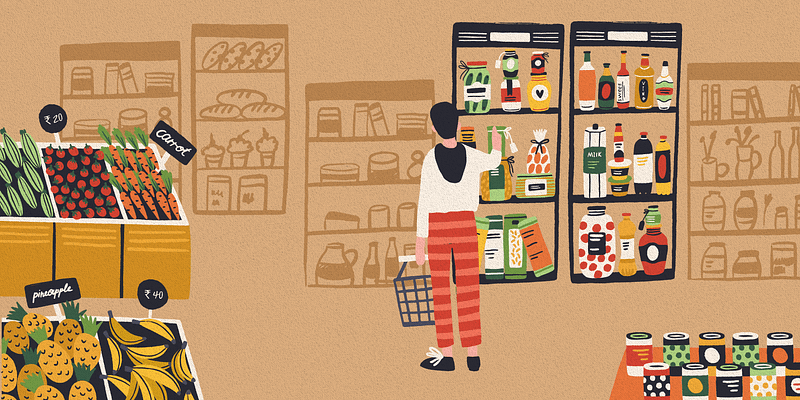Tourism, education, economy: How this museum in Bali promotes heritage and engages communities
In our second photo essay from Museum Pasifika in Bali, we showcase a range of art exhibits.


Launched in 2014, PhotoSparks is a weekly feature from YourStory, with photographs that celebrate the spirit of creativity and innovation. In the earlier 885 posts, we featured an art festival, cartoon gallery. world music festival, telecom expo, millets fair, climate change expo, wildlife conference, startup festival, Diwali rangoli, and jazz festival.
Opened to the public in 2006, Bali’s Museum Pasifika has become a popular destination for art lovers, travellers, and the general public. Designed by Balinese architect Popo Danes, it focuses on art across the Asia-Pacific region (see Part I of our photo essay here).
“We hope to provide Bali residents, Indonesian visitors and overseas tourists a brief introduction to some of the Asia Pacific’s unique variety of cultural artefacts that now meet in Bali,” the museum's co-founder Philippe Augier writes in the curatorial notes.
The museum was originally conceived in 2004 as the ‘Asia Pacific Art Centre,’ but has grown and developed to become a world-class institution in the heart of the Nusa Dua complex. The collection of art and photographic works continues to grow, providing an engaging experience for a wide range of audiences.
The Asia Pacific region is home to nearly half of the world's population and has vast cultural diversity as well. Many of the cultures from hundreds of its ethnic groups and languages are represented in a kaleidoscopic display of art forms at the museum.
Museum Pasifika is popular among local as well as international visitors. Around 300 ministers and ambassadors have visited the venue, and over 50 international and national events have been organised at the museum.
The estimated 40,000 students who have visited the museum are from Balinese schools as well as other Indonesian and international institutions. The visits often include drawing competitions, exhibition launches, and customised seminars.
To promote cultural appreciation and artistic practices among youth, regular drawing contests are organised. The works of talented young artists are also exhibited on the ‘Pasifika Kids Wall’.
The popular Nusa Dua complex has over 55 attractions, and Museum Pasifika reportedly ranks among the five best tourist attractions. Out of 600-plus tourist destinations in Bali, the museum often ranks in the top 50.
It has won a string of cultural awards from APEC (Asia Pacific Economic Cooperation), as well as the Indonesian Ministry of Tourism Award, the Sustainable Museum Award, and the Indonesian Museum Award for Creative Museum of the Year. It is ranked highly by TripAdvisor and Travelers' Choice Awards.
The merchandise store and café promote the museum’s 20 books and catalogues, along with local products such as coffee, nuts and sweets. The museum purchases and preserves Indonesian antiques to protect cultural sovereignty.
Notable art restoration projects include The Temple at Sanur, a painting by Balinese artist Ida Bagus Nyoman Rai and Swiss artist Theo Meier. The enormous work is themed on the Ramayana epic.
Some of the prominent international artists featured include Paul Gauguin, Henri Rousseau, Henri Matisse, Auguste Rodin, and Marvina Hoffmann. The collection of Polynesian artworks is particularly significant from an ethnological and anthropological perspective.
The museum’s diverse collection includes paintings, sculptures, installations, textiles, totem poles, batik, pottery, crochet, embroidery, and masks. They are a testament to the master artists, weavers and dyers across the region.
The museum has also helped the local economy via tourism revenues, cultural image promotion, and the use of local contractors for construction and maintenance. There are national and international events at the museum that include Balinese and other Indonesian artists, and local traders are invited to sell their products at such events.
Now, what have you done today to pause in your busy schedule and harness your creative side for a better world?












(All photographs were taken by Madanmohan Rao on location at Museum Pasifika in Bali.)
Edited by Kanishk Singh
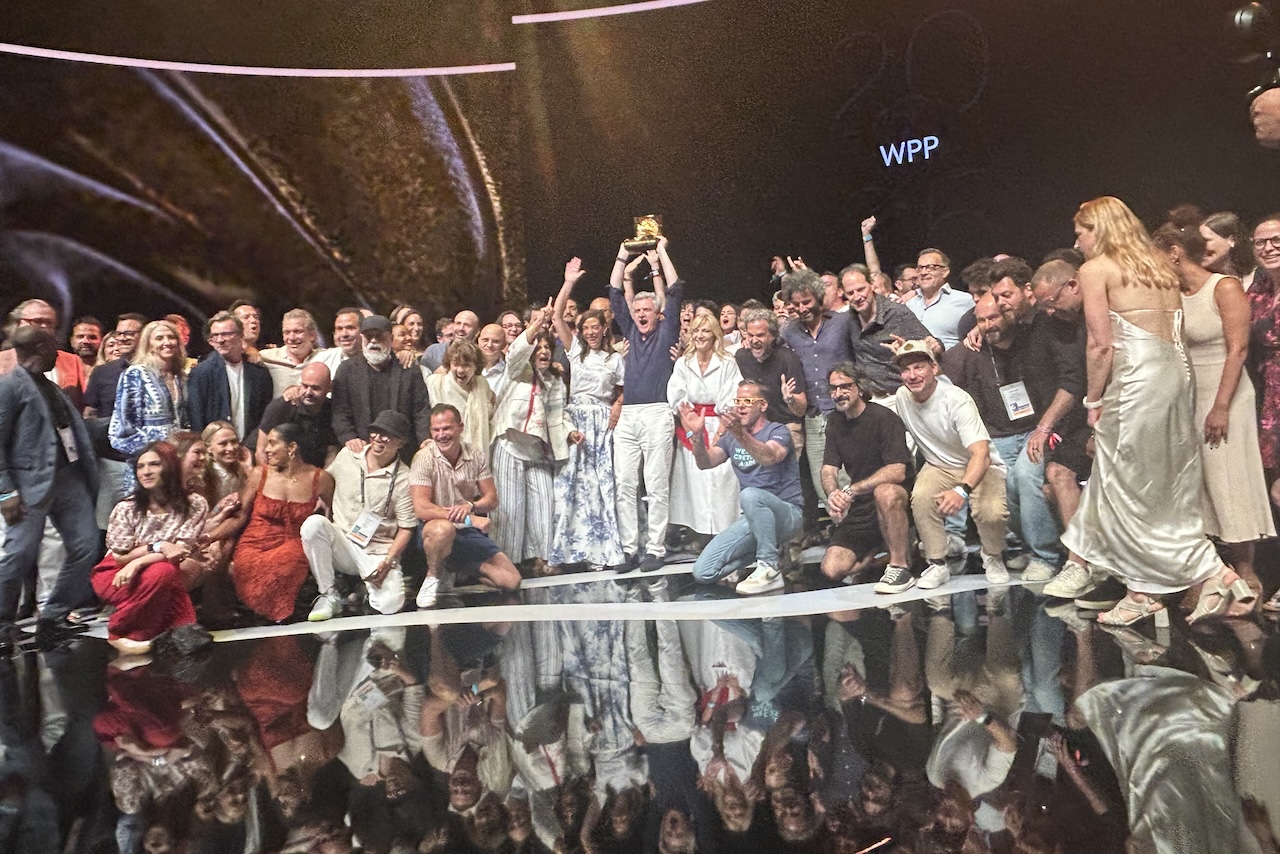



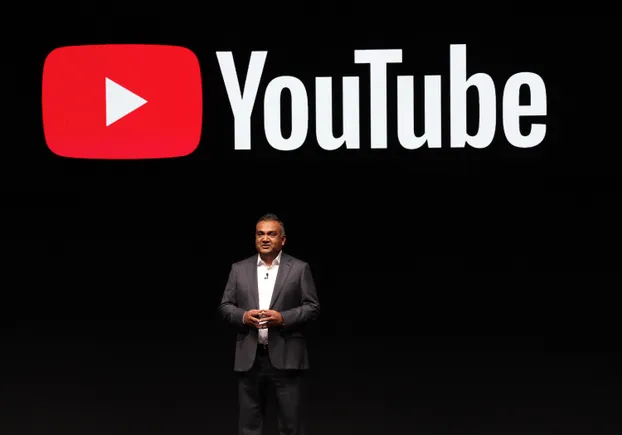
![The Largest Communities on Reddit [Infographic]](https://imgproxy.divecdn.com/vfTS-YsC_ZrqM6F4tAXJgV6qj3gCHSsf2dvHufDbrrQ/g:ce/rs:fit:770:435/Z3M6Ly9kaXZlc2l0ZS1zdG9yYWdlL2RpdmVpbWFnZS9sYXJnZXN0X3JlZGRpdF9jb21tdW5pdGllczIucG5n.webp)

